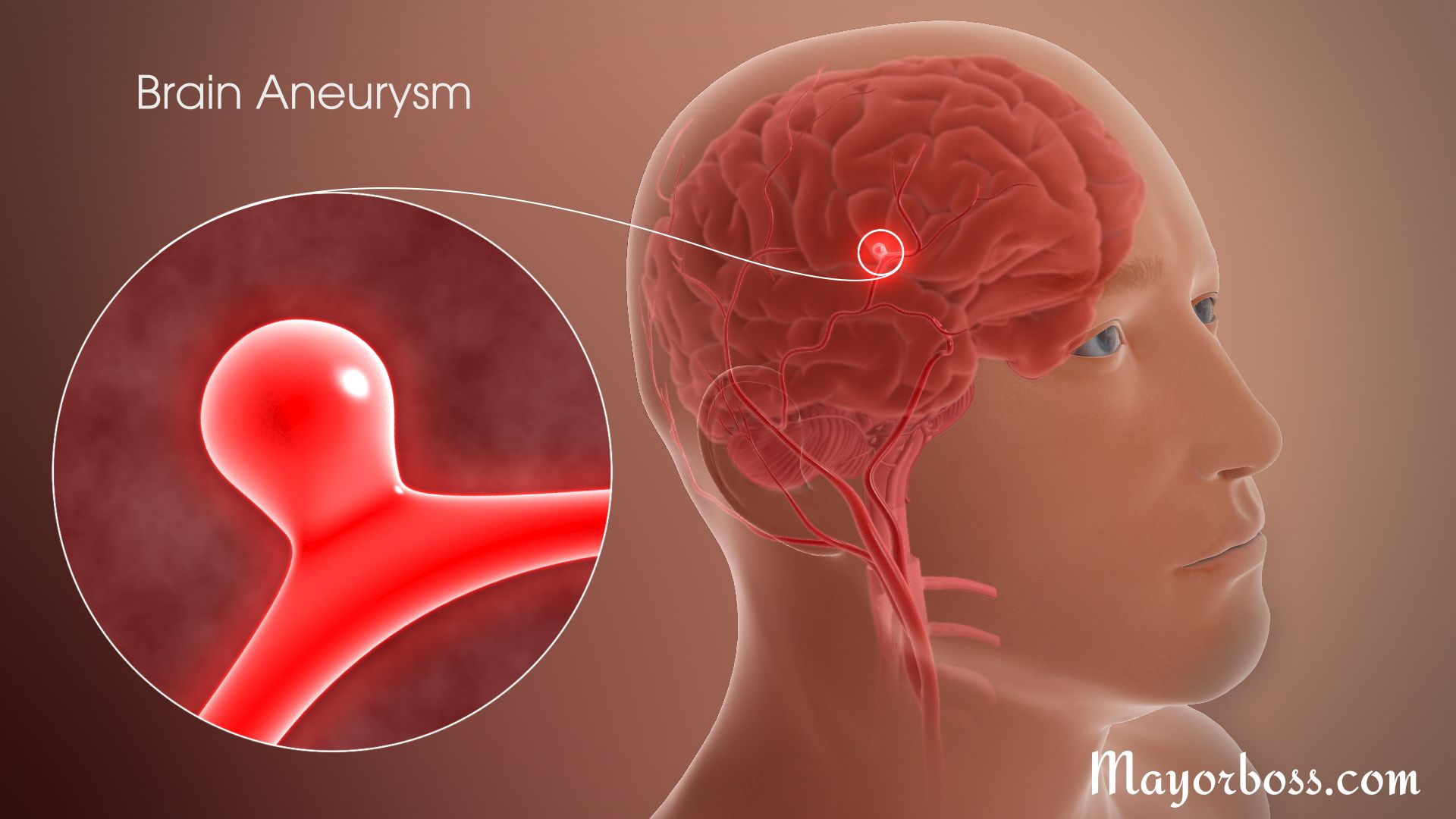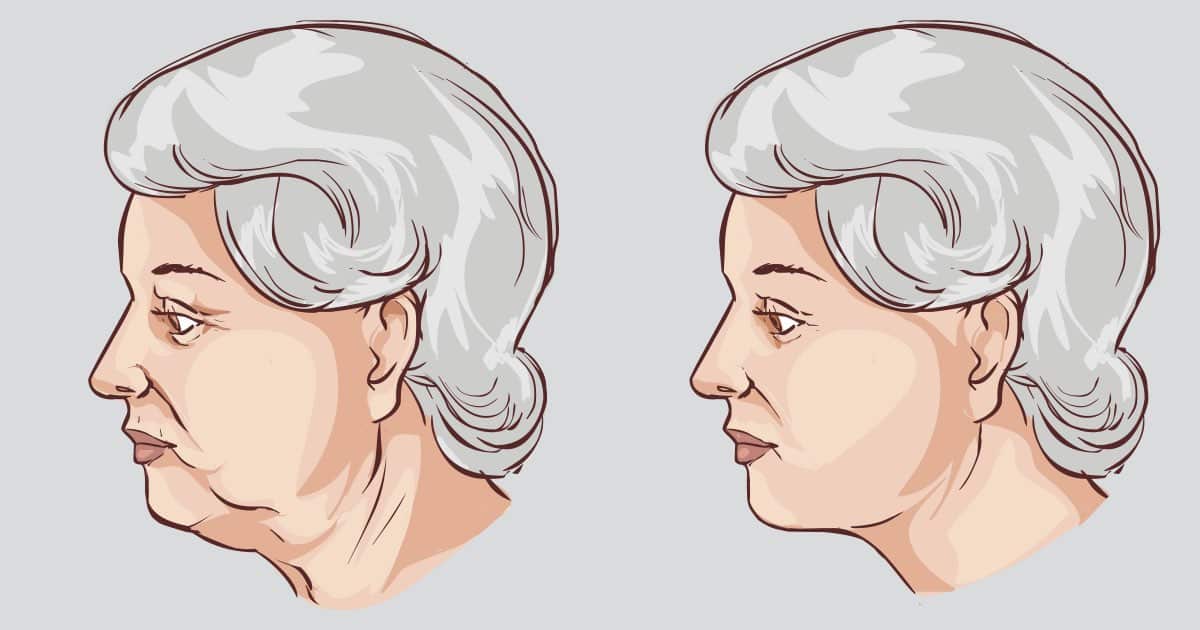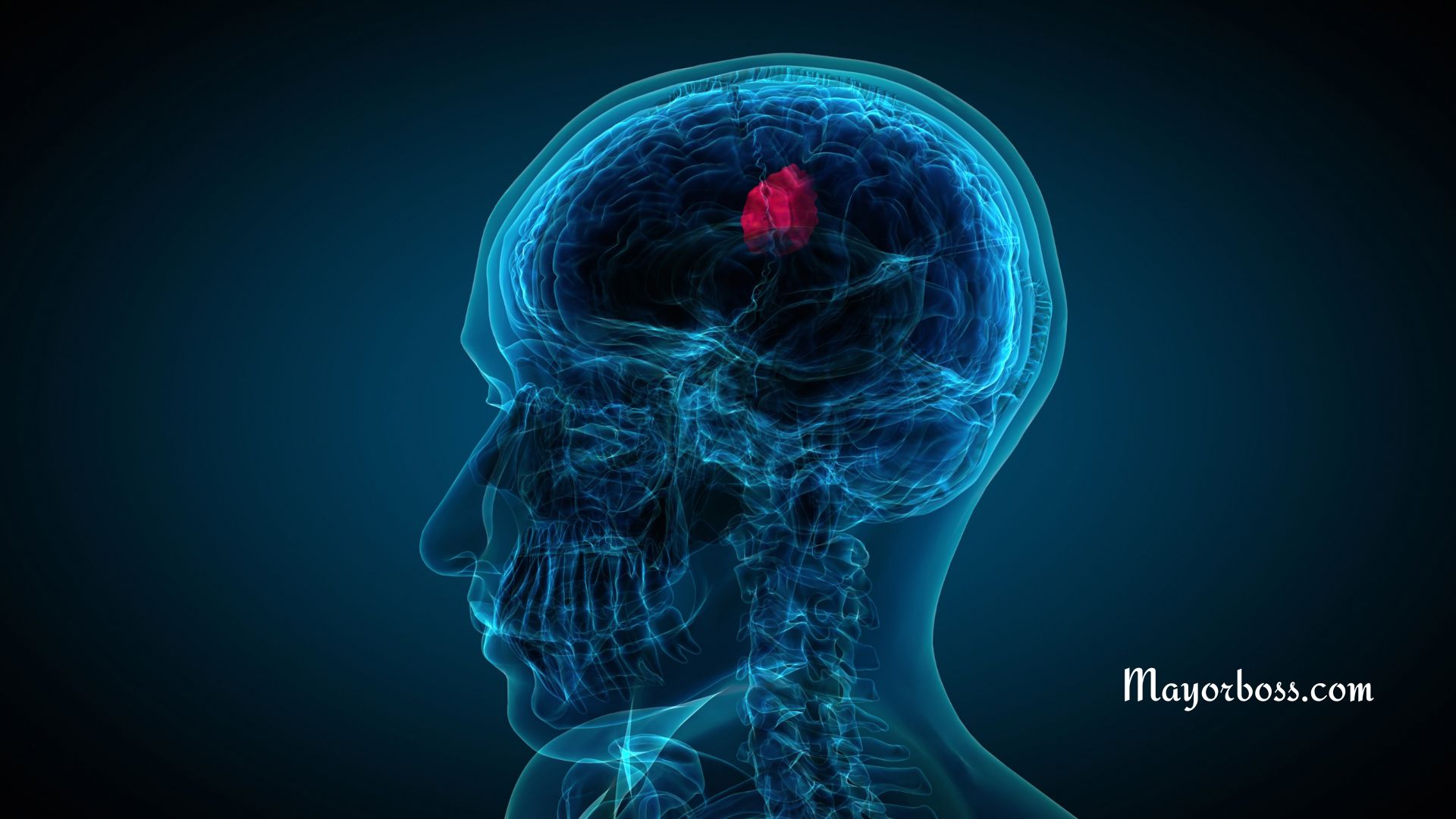What Is a Brain Aneurysm? Know Its Symptoms, Causes, And Risk Factors
What Is a Brain Aneurysm?
A brain aneurysm occurs when a weak spot in a blood vessel within the brain bulges outward. This bulge develops because the vessel wall is thinner than normal, making it less able to withstand the pressure of blood flow. Some aneurysms remain very small and cause no harm. Others, however, can grow larger or rupture, leading to bleeding in the brain, known as a hemorrhagic stroke. A ruptured aneurysm is a medical emergency that can be fatal if not treated quickly.

Common Symptoms of a Brain Aneurysm
Most aneurysms do not cause symptoms until they rupture. They are often discovered by accident during scans for unrelated health issues. Still, when symptoms do appear, they may include:
- Severe headache, often described as the worst headache of one’s life
- Blurred or double vision
- Drooping eyelid
- Pain above or behind the eye
- Weakness or numbness in the face
- Trouble speaking or confusion
- Seizures
When an aneurysm ruptures, symptoms come on suddenly and are usually severe. Along with the intense headache, a person may feel nauseous, vomit, become sensitive to light, or lose consciousness. In such cases, immediate medical help is critical.
Causes of Brain Aneurysms
The exact reason some people develop aneurysms is not fully clear, but doctors know that certain conditions weaken blood vessel walls over time. These include:
- High blood pressure: Constant stress on arteries increases the chance of weak spots.
- Atherosclerosis: The buildup of fatty deposits can damage vessel walls.
- Head trauma: Serious injury can create weak areas in blood vessels.
- Infections: Rarely, infections in the vessels can cause aneurysms.
- Inherited conditions: Some genetic disorders, such as connective tissue diseases, increase risk.
Risk Factors
While anyone can develop an aneurysm, certain factors raise the chances:
- Age: Most cases occur in adults over 40.
- Sex: Women are at higher risk than men.
- Family history: If a close relative has had an aneurysm, your risk is higher.
- Smoking: Cigarette smoking damages arteries and is a major risk factor.
- Heavy alcohol use: Excessive drinking strains the vessels.
- Drug use: Stimulants such as cocaine sharply raise blood pressure and risk.
Diagnosis of Brain Aneurysms
Doctors may use several imaging tests to detect an aneurysm:
- CT scan: Quickly shows bleeding in the brain.
- MRI: Provides detailed images of the brain and blood vessels.
- Cerebral angiography: A special dye is injected into the bloodstream to make vessels visible on X-rays.
These tests not only confirm the presence of an aneurysm but also help determine its size, shape, and location—important details that guide treatment.
Treatment Options
The best treatment depends on the aneurysm’s size, shape, location, and whether it has ruptured. Options include:
Surgical Clipping
This procedure involves placing a tiny metal clip at the base of the aneurysm to stop blood from entering it. Clipping is highly effective but requires open brain surgery.
Endovascular Coiling
In this minimally invasive procedure, a doctor threads a thin tube through a blood vessel, usually starting in the groin. Tiny coils are placed inside the aneurysm, causing blood to clot and sealing it off. Many patients recover faster from this procedure than from clipping.
Flow Diversion
For certain large or complex aneurysms, doctors may insert a stent-like device called a flow diverter. This redirects blood away from the aneurysm, allowing it to heal.
Monitoring
If an aneurysm is small and not causing symptoms, doctors may recommend regular monitoring with scans instead of immediate surgery. Lifestyle changes and strict blood pressure control are essential in these cases.
Possible Complications
A ruptured aneurysm can lead to serious complications, such as:
- Stroke: Bleeding interrupts blood flow, damaging brain tissue.
- Hydrocephalus: Blood blocks the flow of cerebrospinal fluid, causing fluid buildup in the brain.
- Vasospasm: Blood vessels may narrow unpredictably after bleeding, cutting off oxygen to parts of the brain.
- Permanent neurological problems: Some survivors face long-term difficulties with speech, movement, memory, or vision.
Long-Term Outlook
Survival and recovery depend heavily on how quickly treatment is given after rupture. About one-third of patients recover well, one-third live with some disability, and one-third do not survive. This is why fast action is so critical. For unruptured aneurysms that are treated in time, the outlook is much better, and many people go on to live full, healthy lives.
Protecting Your Brain Health
You cannot control every risk factor, but lifestyle choices play a powerful role in prevention. Steps you can take include:
- Keeping blood pressure within a healthy range
- Quitting smoking
- Limiting alcohol consumption
- Eating a balanced diet rich in fruits, vegetables, and whole grains
- Exercising regularly
- Following up with your doctor if you have a family history of aneurysms
FAQs
1. Can a brain aneurysm go away on its own?
No, an aneurysm will not shrink or disappear by itself. It either stays the same or may grow over time.
2. What size of aneurysm is considered dangerous?
Aneurysms larger than 7 millimeters carry a higher risk of rupture, though even smaller ones can be dangerous in certain locations.
3. Is brain aneurysm surgery safe?
Both clipping and coiling carry some risks, but advances in surgical techniques have made treatment safer with good success rates.
4. Can stress cause a brain aneurysm?
Stress alone does not cause aneurysms, but it can raise blood pressure, which may increase rupture risk in people who already have one.
5. How do you know if you are at high risk?
If you have a family history of brain aneurysms or multiple risk factors such as high blood pressure and smoking, your doctor may recommend screening tests.
Article Sources
- Cerebral Aneurysms. National Institute of Neurological Disorders and Stroke. https://www.ninds.nih.gov/health-information/disorders/cerebral-aneurysms
- Brain aneurysm. NHS. https://www.nhs.uk/conditions/brain-aneurysm/
- Brain aneurysm – Symptoms and causes. Mayo Clinic. https://www.mayoclinic.org/diseases-conditions/brain-aneurysm/symptoms-causes/syc-2036148






